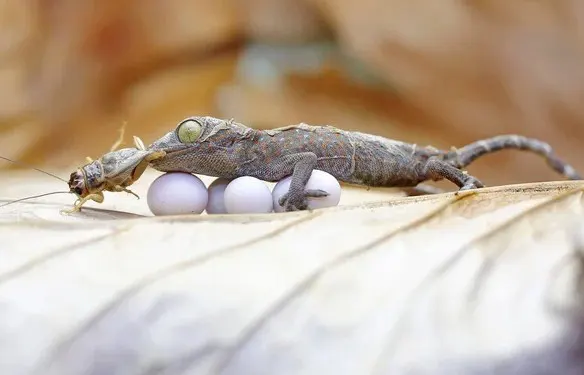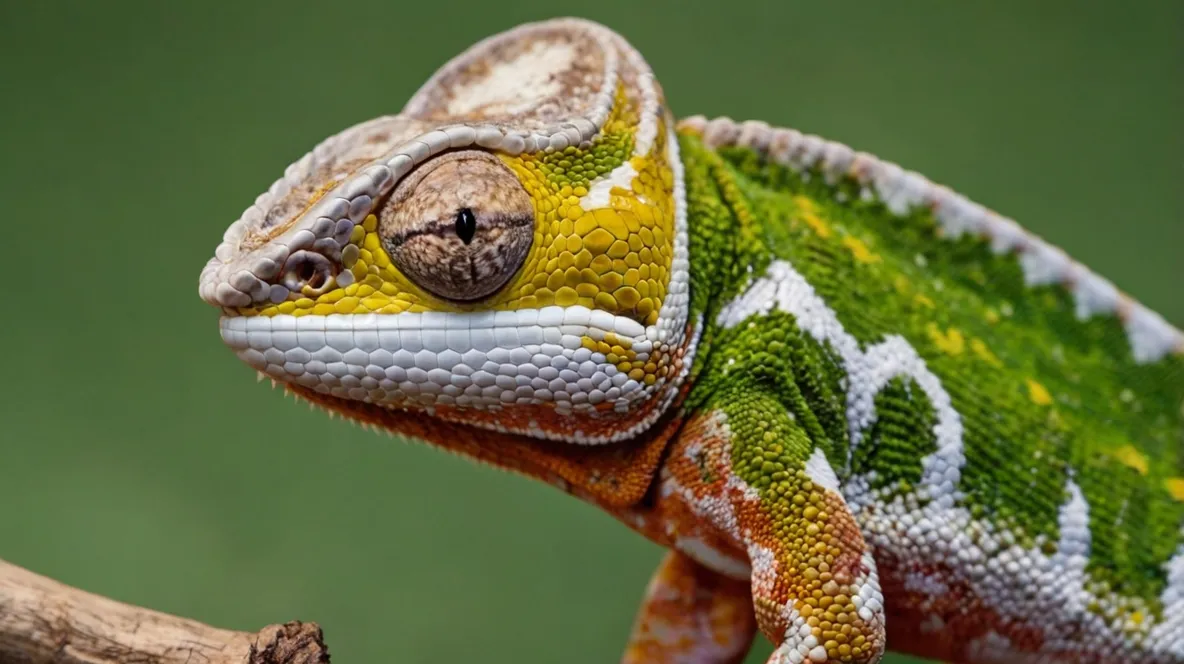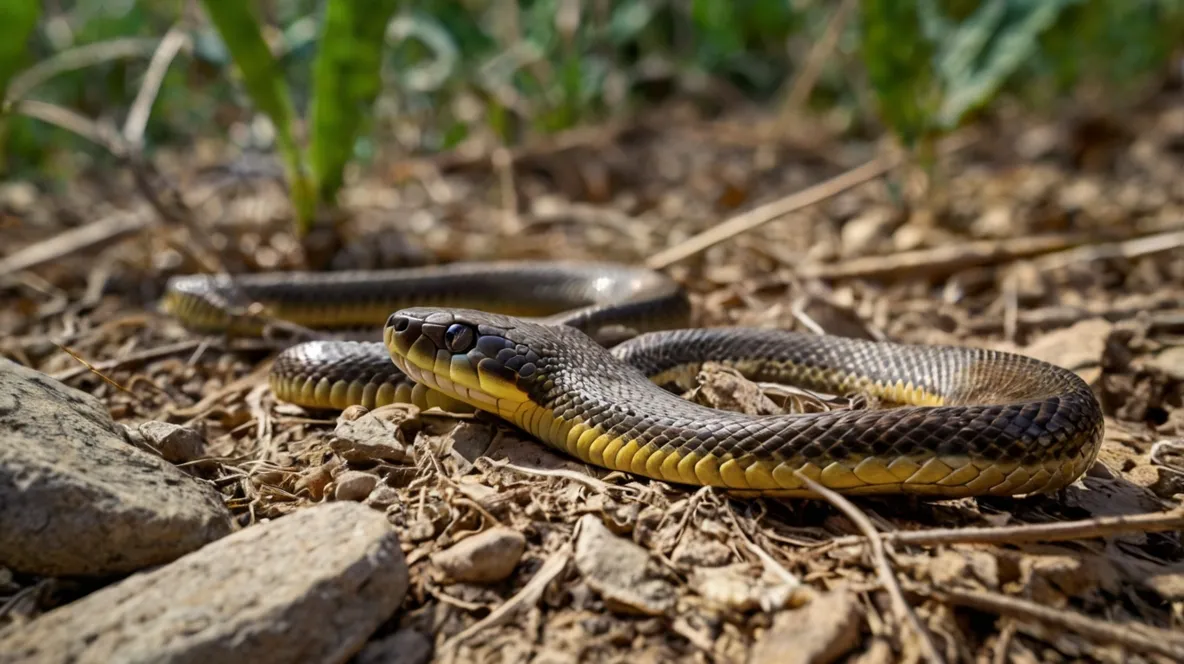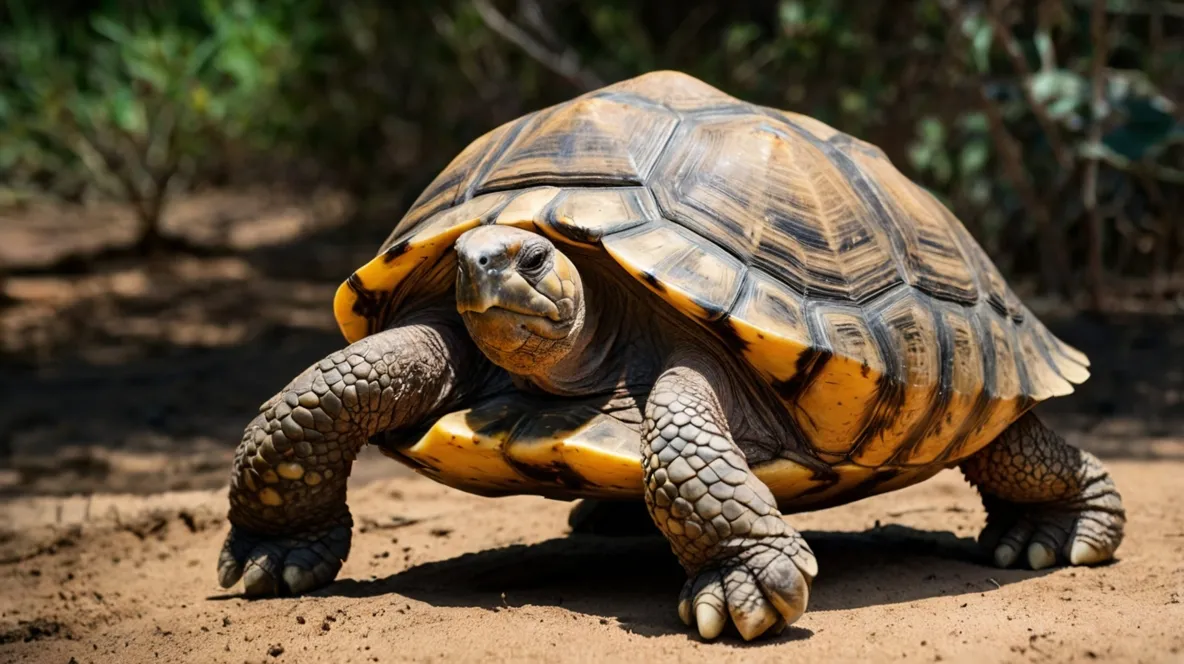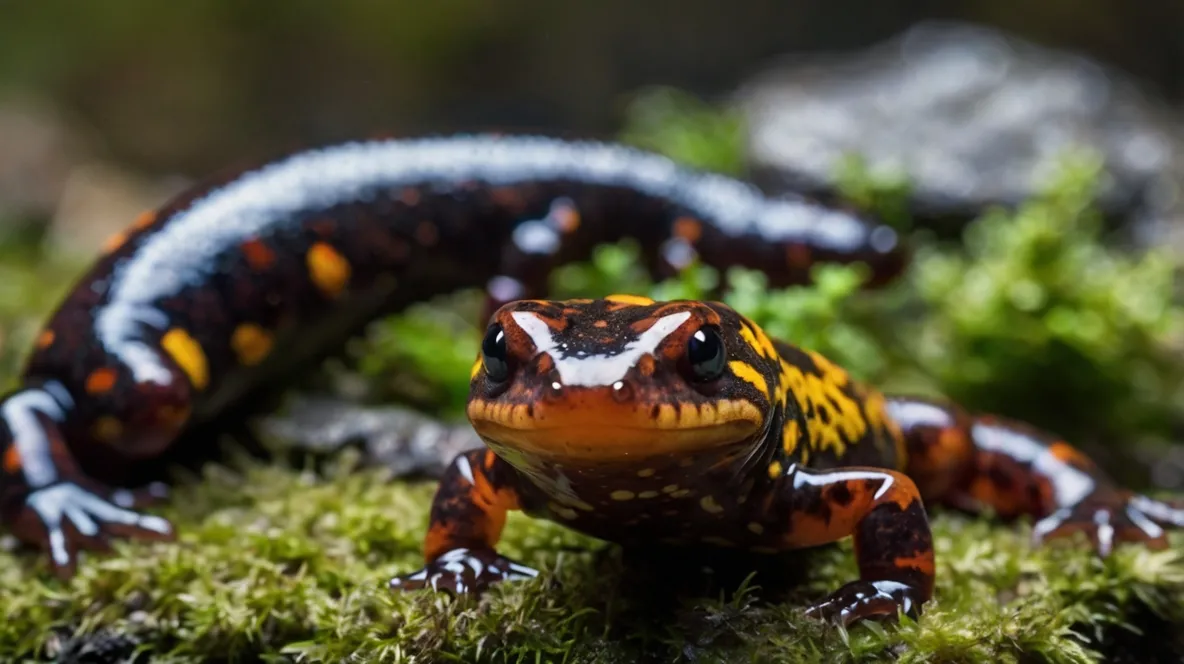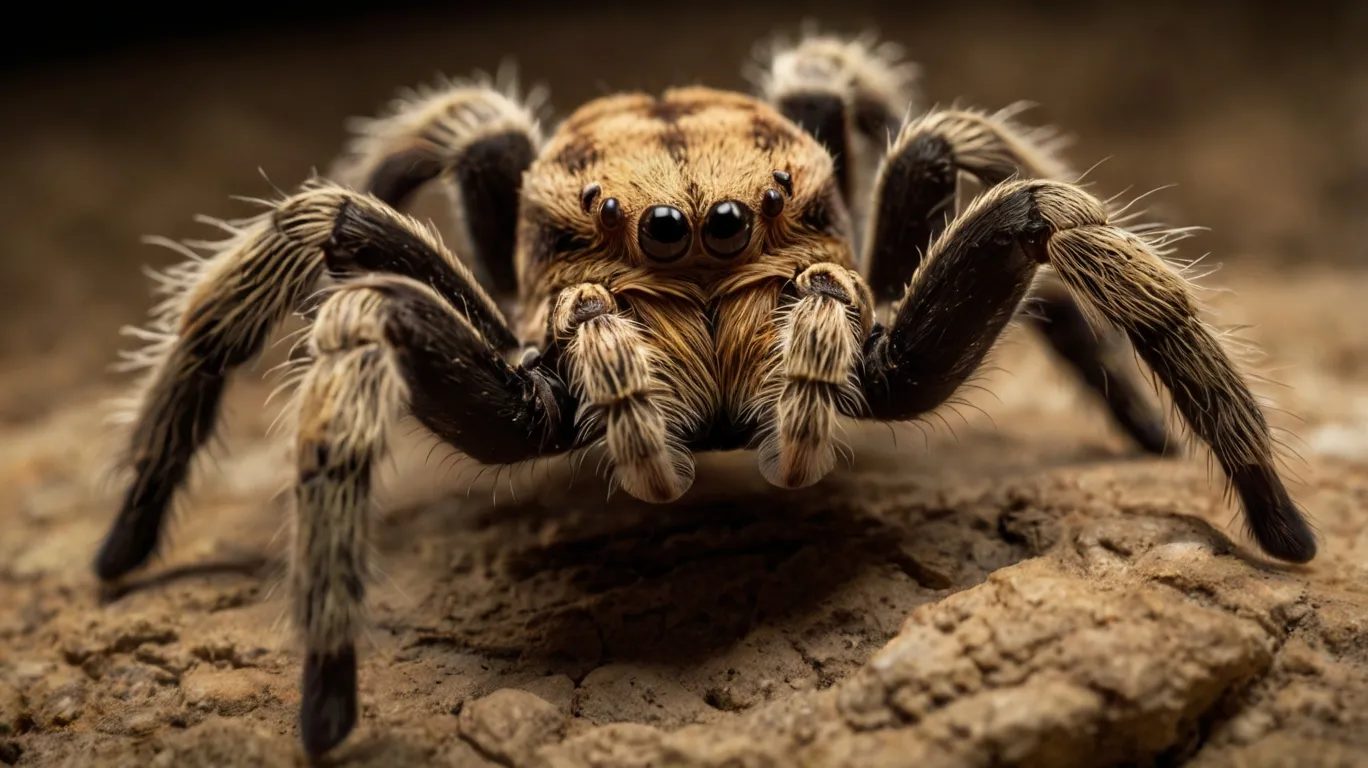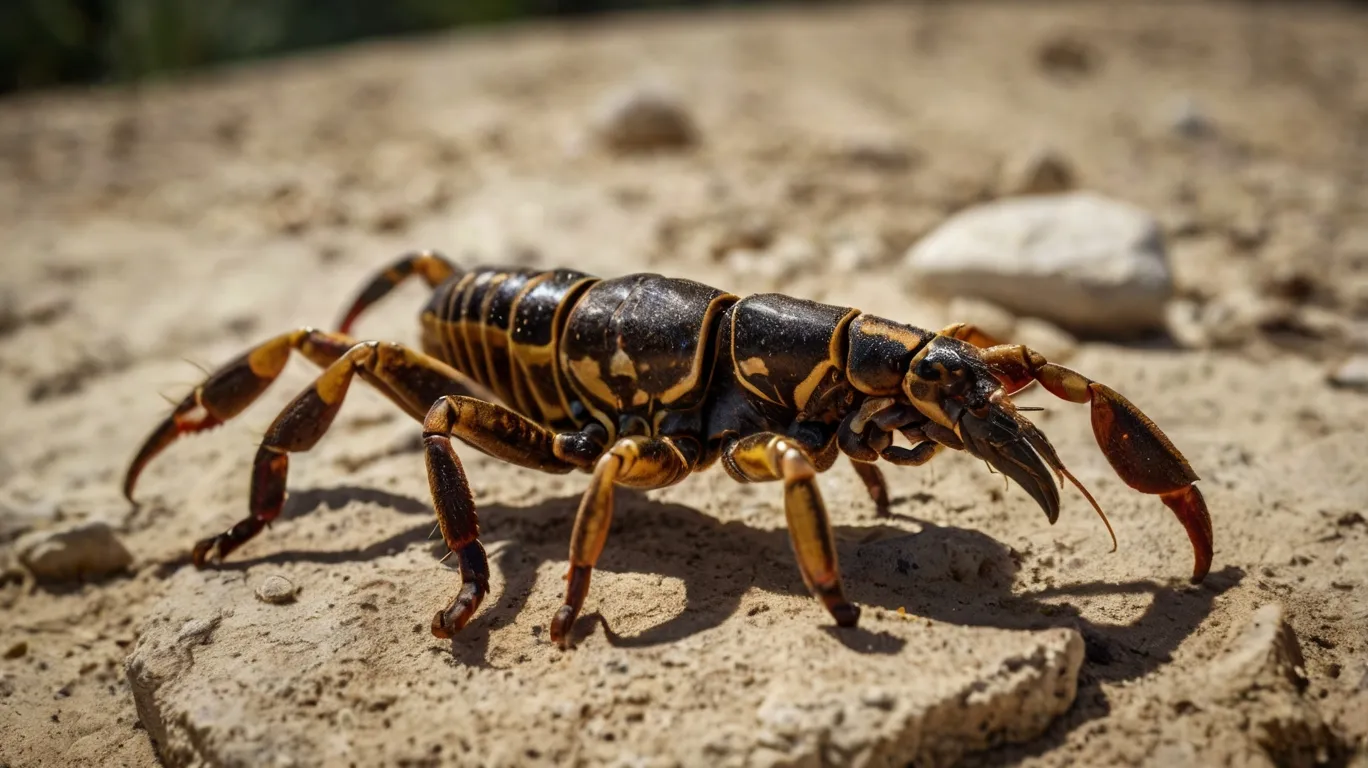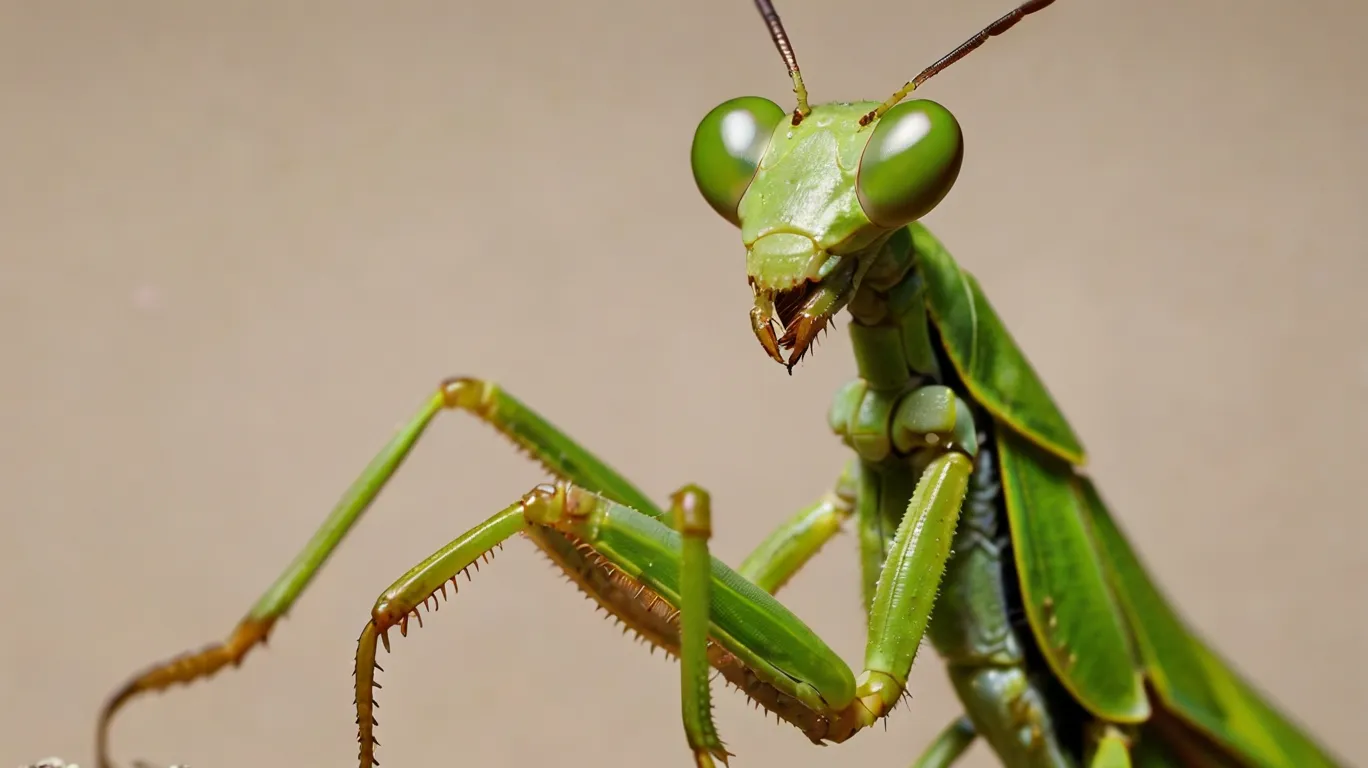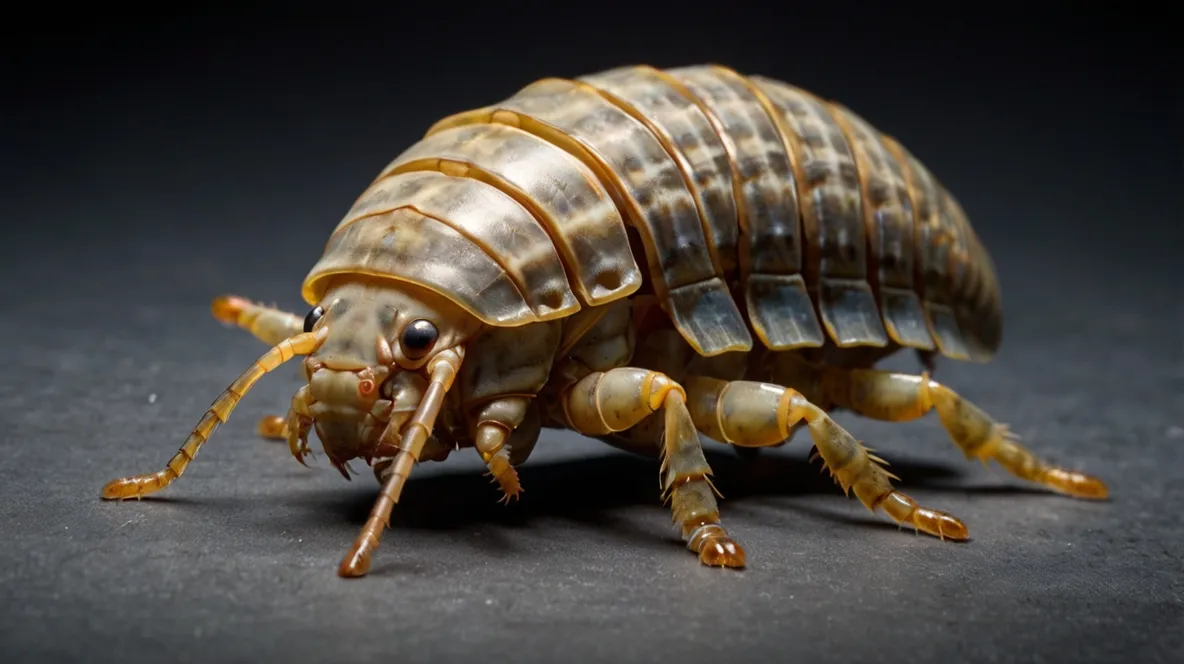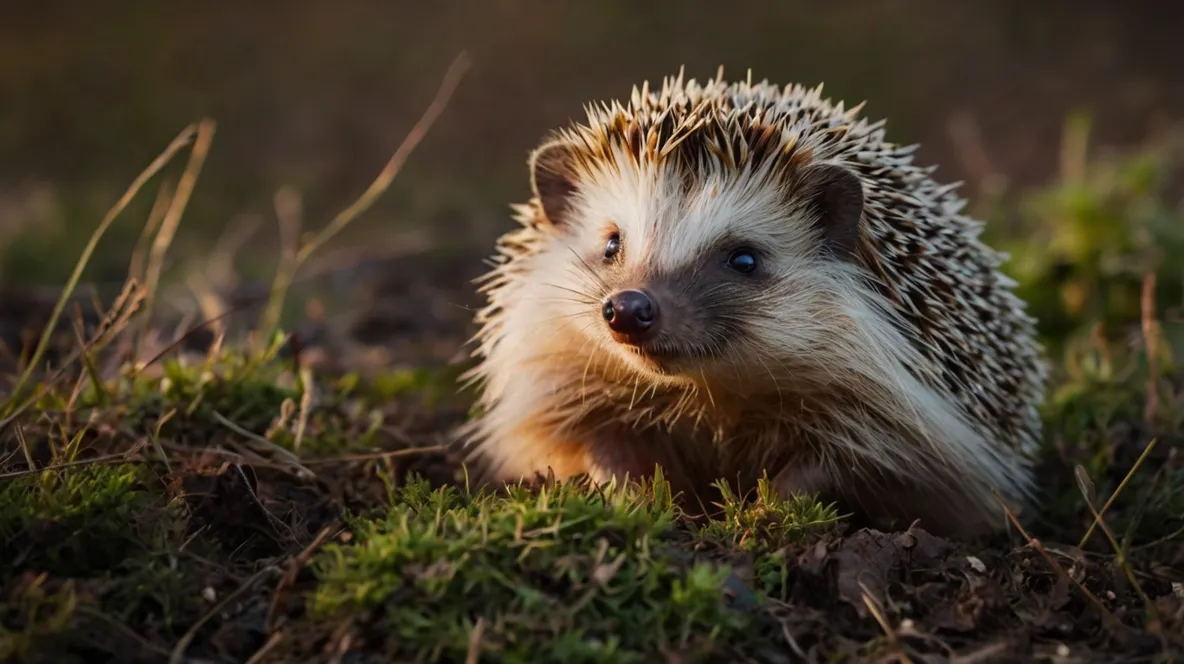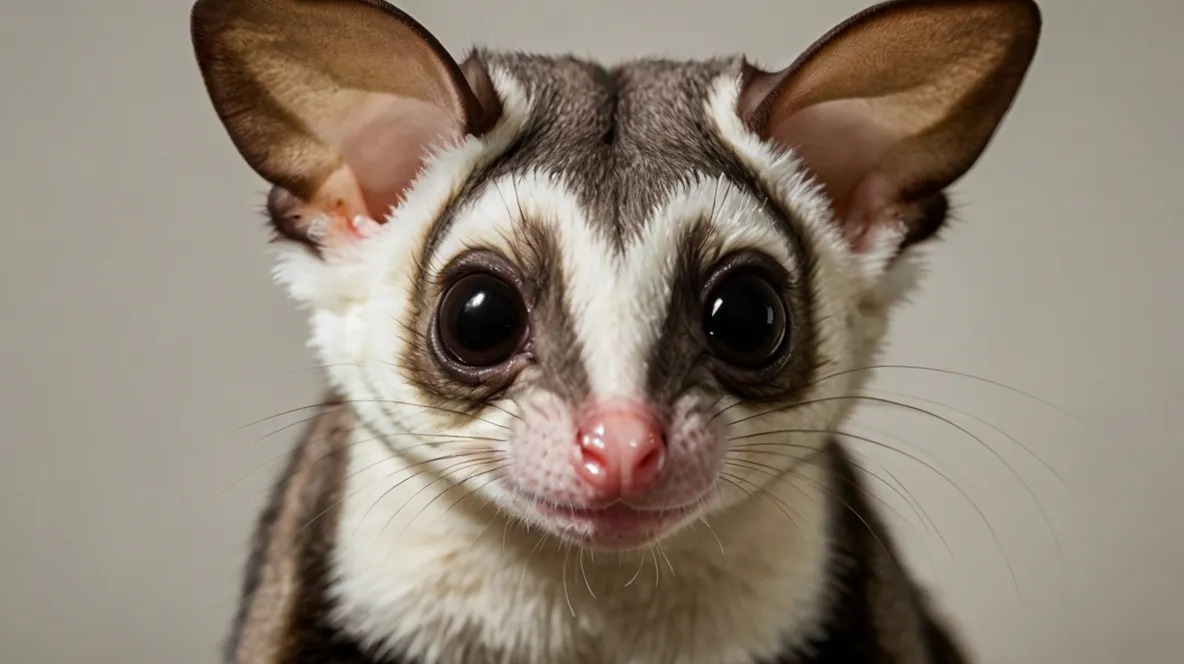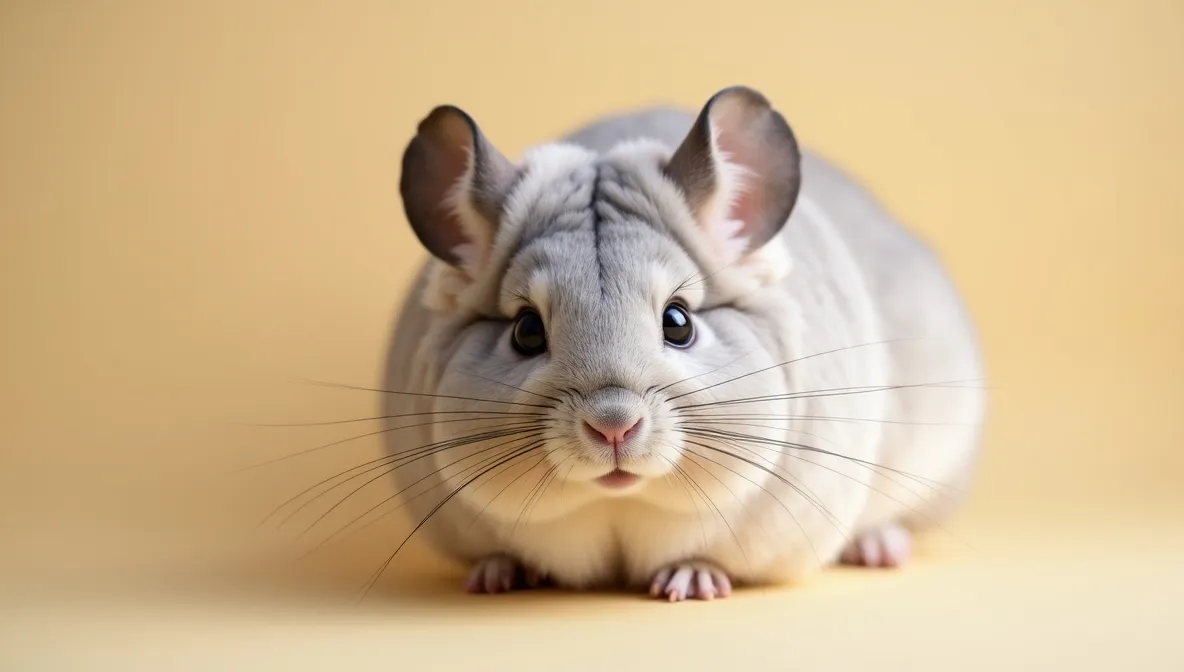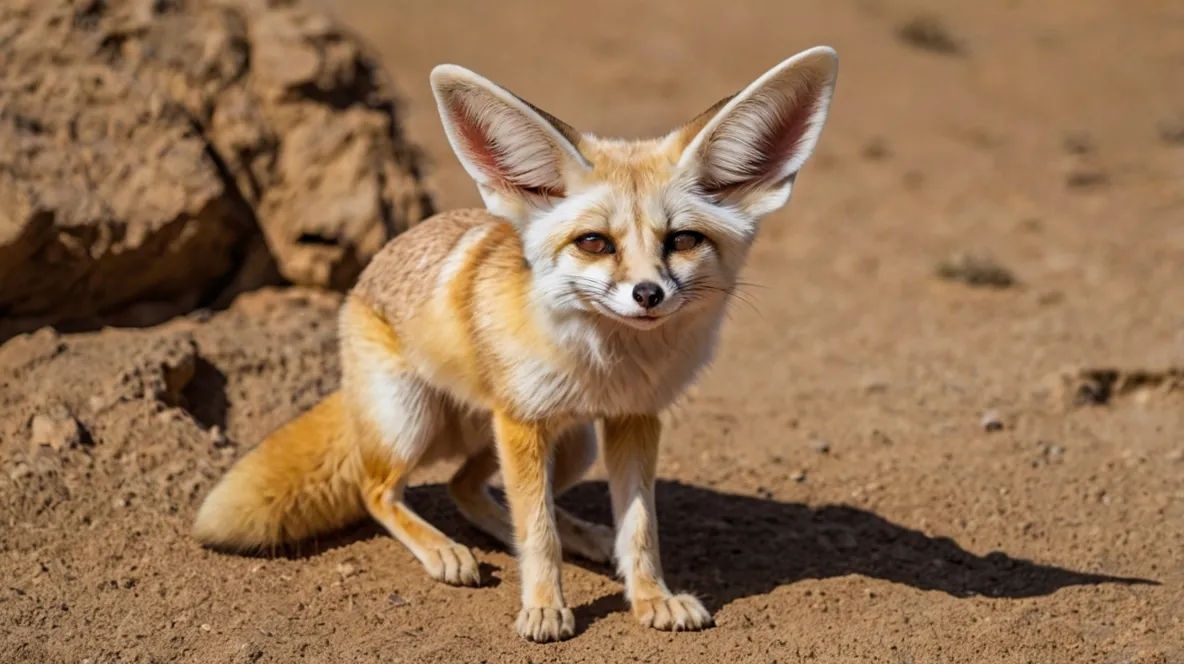Select a Pet for Detailed Care Guides
Click a pet icon above to get exclusive care, health, and training information for reptiles, amphibians, invertebrates, and exotic mammals.
General Habitat Considerations for Exotic Pets
Creating the right environment is crucial for the health and well-being of reptiles, amphibians, invertebrates, and exotic mammals. Key factors include:
- Enclosure Size & Type: Must accommodate the pet’s adult size, activity level (arboreal, terrestrial, fossorial), and security needs. Glass tanks, PVC enclosures, tubs, or custom builds are common.
- Temperature Gradient: Most reptiles and some amphibians require specific temperature ranges, often including a warm basking spot and a cooler area, allowing for thermoregulation.
- Humidity Levels: Critical for shedding, respiratory health, and hydration, especially for amphibians and many reptiles/invertebrates. Achieved through misting, substrate choice, and water features.
- Substrate: Bedding material appropriate for the species, considering burrowing habits, humidity retention, and risk of impaction. Examples include coconut fiber, cypress mulch, paper towels, or bioactive soil.
- Lighting: Essential for many reptiles (UVB for calcium metabolism, heat lamps) and influences activity cycles. Full-spectrum lighting can benefit amphibians and plants in bioactive setups.
- Furnishings & Enrichment: Hides, branches, vines, rocks, and foliage provide security, encourage natural behaviors, and enrich the pet’s life.
Select a specific pet above for detailed habitat requirements.
General Diet & Nutrition for Exotic Pets
Proper nutrition is fundamental to preventing health issues in unique pets. General guidelines include:
- Species-Specific Diets: Research is paramount. Diets range from insectivorous (most geckos, chameleons, frogs, tarantulas, mantids, hedgehogs, sugar gliders) and herbivorous (tortoises, some isopods) to carnivorous (snakes, scorpions, fennec foxes) or omnivorous.
- Variety: Offer a diverse range of appropriate food items to ensure balanced nutrition and enrichment. Avoid relying on a single food source.
- Feeder Quality: For insectivores, ensure feeder insects are gut-loaded (fed nutritious food) before being offered.
- Supplementation: Many reptiles and amphibians require calcium and vitamin D3 supplementation to prevent metabolic bone disease. Other supplements may be needed based on species.
- Hydration: Provide constant access to fresh, clean water in an appropriate dish or via misting for species that lap water droplets.
- Feeding Frequency & Amount: Varies greatly by species, age, and activity level. Overfeeding can be as harmful as underfeeding.
Select a specific pet above for detailed dietary needs.
General Healthcare for Exotic Pets
Proactive healthcare is key to a long life for exotic pets. Important aspects involve:
- Veterinary Care: Find a qualified veterinarian experienced with exotic pets *before* you need one. Regular check-ups are recommended.
- Quarantine: Always quarantine new animals separately for 30-90 days to monitor for illness and prevent spreading potential pathogens to existing pets.
- Recognizing Illness: Learn the signs of common health issues in your chosen species, such as lethargy, lack of appetite, weight loss, abnormal feces, respiratory distress (wheezing, clicking, open-mouth breathing), shedding problems, or changes in appearance/behavior.
- Parasites: Internal and external parasites can be common. Fecal exams are often part of routine vet visits.
- Environmental Diseases: Improper temperature, humidity, lighting, or sanitation are major causes of illness (e.g., Metabolic Bone Disease, Respiratory Infections, Dysecdysis/bad sheds).
- Hygiene: Maintain strict enclosure cleanliness and practice good handwashing before and after handling pets or their environment to prevent disease transmission (including zoonotic diseases).
Select a specific pet above for common health concerns and preventative care.
General Handling & Training Considerations
Interaction varies greatly among these diverse pets. Focus on minimizing stress and building trust where appropriate:
- Acclimatization: Allow new pets ample time to adjust to their surroundings before attempting regular handling.
- Stress Reduction: Learn to recognize signs of stress in your pet (e.g., fleeing, hiding, biting, color changes, heavy breathing) and avoid handling during these times. Keep handling sessions short initially.
- Proper Support: When handling, always support the animal’s body fully and securely to prevent falls or injury. Never grab tails (especially fragile ones like gecko tails) or limbs forcefully.
- Temperament Varies: Some species (like many tortoises, chinchillas, some snakes) tolerate or even seem to enjoy gentle handling, while others (many tarantulas, scorpions, poison dart frogs) are best left as display animals due to fragility, venom/toxins, or stress intolerance.
- “Training”: For some (like Fennec Foxes or Hedgehogs), positive reinforcement can be used for litter training or target training. For most reptiles/amphibians/invertebrates, it’s more about habituation to necessary interaction (like health checks or enclosure cleaning).
- Safety First: Be aware of potential bites, scratches, stings, or defensive mechanisms. Wash hands thoroughly after handling.
Select a specific pet above for species-specific handling advice and temperament notes.
General Exotic Pet Frequently Asked Questions
- Q: Are these pets good for beginners?
A: It depends heavily on the specific species. Some (like Leopard Geckos, Corn Snakes, certain Isopods) are considered beginner-friendly, while others (Chameleons, Poison Dart Frogs, Fennec Foxes, large Tarantulas) require significant experience and research. - Q: What is the average lifespan?
A: Lifespans vary dramatically. Some insects live less than a year (Mantis), while some Tortoises can live over 50-100 years. Many common reptile/amphibian pets live 10-20+ years. Exotic mammals often live 5-15 years. Research the specific species. - Q: How much does it cost to keep an exotic pet?
A: Initial setup costs (enclosure, lighting, heating, furnishings) can be substantial ($100s to $1000s). Ongoing costs include food, substrate, supplements, electricity, and potential vet bills (which can be high for exotics). - Q: How much time do they require?
A: Daily checks (temperature, water, visual health), regular feeding, and enclosure cleaning are necessary. Some require more social interaction (Sugar Gliders, Fennec Foxes) than others (most invertebrates). Research the specific commitment. - Q: Is it legal to own these pets where I live?
A: Laws vary significantly by country, state/province, and even city. Always check local regulations *before* acquiring any exotic pet. Some may require permits or be prohibited entirely. - Q: Where can I find a vet for my exotic pet?
A: Look for veterinarians specializing in exotic animals or “zoo med”. Resources like the Association of Reptilian and Amphibian Veterinarians (ARAV) or the Association of Exotic Mammal Veterinarians (AEMV) may have directories.
Select a specific pet above for more detailed FAQs.
